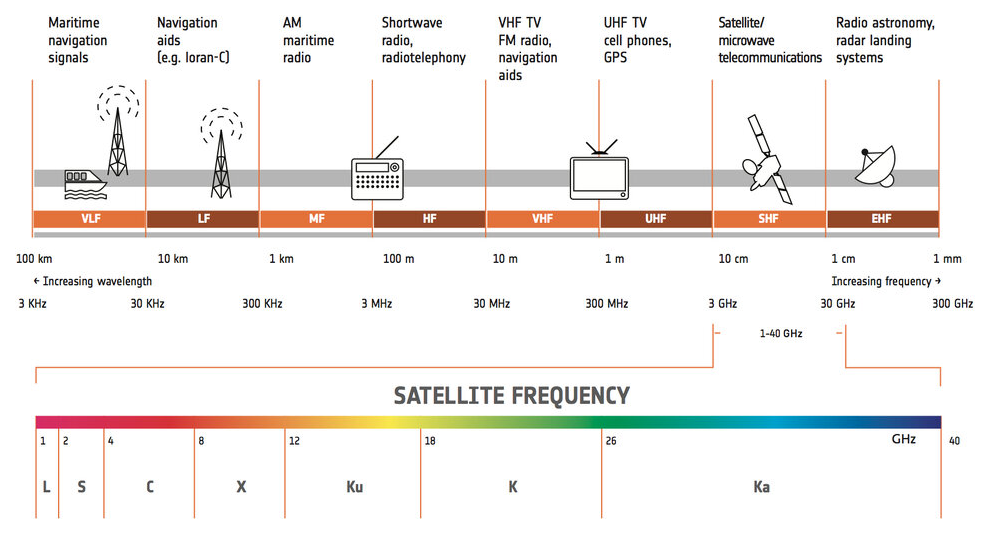Globally, a majority of the Earth’s population still lives further than 25 km from fibre optic network infrastructure135. This physical isolation from wireline network infrastructure, combined with low population density and topographical remoteness, all contribute to the unique challenges of connecting rural and remote communities.
In Canada, roughly 20% of the population lives in census-defined rural areas136. Over the last few decades, these communities have experienced significant economic diversification. Many rural residents no longer make their livelihood from agricultural or natural-resource production, and now require access to modern high-speed internet for educational and employment opportunities. Because of this, broadband advocates have looked to emerging technologies, such as Low Earth Orbit (LEO) satellites, as a solution to the last mile problem for people in rural and remote regions.
Background
Communications satellites that provide internet services can be deployed in one of three orbit ranges above the Earth’s surface — as measured from the equator — and in one of three satellite spectrum bands: C(4-8 GHz)-, Ku(12-18 GHz)- and Ka(26.5-40 GHz)-band137 (Figure 22).

Figure 22. A Comparison of frequency bands and their corresponding applications138.
Geostationary or geosynchronous (GSO) orbit satellites
Low Earth Orbit (LEO) Satellite
References
135ITU/UNESCO Broadband Commission for Sustainable Development. The State of Broadband 2019. Pg. 7. Accessed 10 June 2021.
136Hambly, H. and Rajabiun, R, (Telematics and Informatics), Rural broadband: Gaps, maps and challenges. June 2021.
137CRTC. Satellite Inquiry Report (2014). Accessed 18 May 2016.
138European Space Agency. Satellite Frequency Bands. Accessed 24 June 2021.